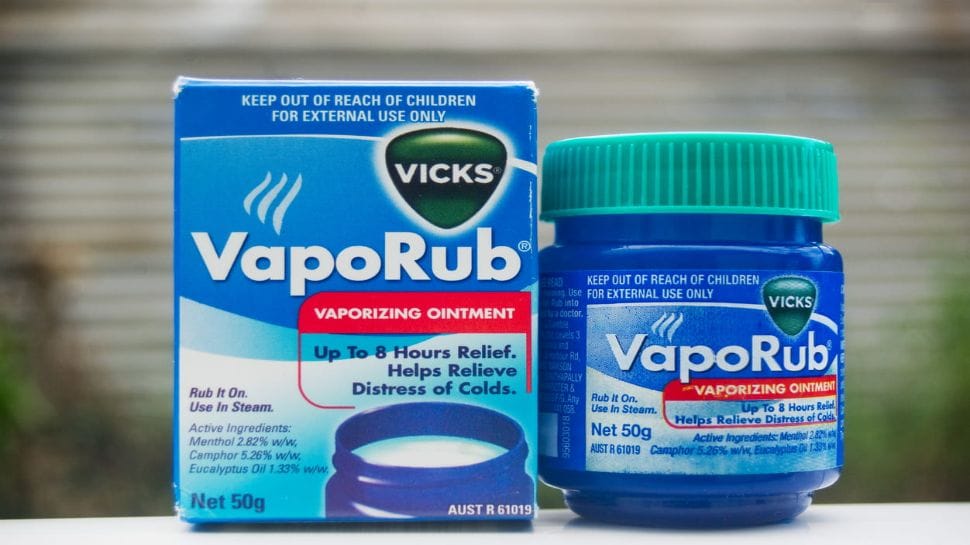New Delhi: Vicks VapoRub owes its place in homes around the world to a father’s love, early innovation and a deadly pandemic. In 1894, Lunsford Richardson, a pharmacist in North Carolina, faced a personal crisis. His nine-year-old son suffered from croup, a severe respiratory infection. He experimented with aromatic oils and chemicals at his pharmacy and created an ointment that soothed his son’s cough and opened blocked airways.
The product went on sale for 25 cents a jar. It contained menthol, camphor, eucalyptus and other oils in a petroleum jelly base.
Richardson named it Vick’s Croup & Pneumonia Salve. The name came from the Vicks plant, whose leaves smelled like menthol when crushed, and from his brother-in-law, Dr. Joshua Vick, a local physician. He valued the name for being short, memorable and visually appealing on a label.
By 1911, Richardson’s son, Henry Smith, led the family business. He renamed the ointment Vick’s VapoRub Salve, changed the packaging to cobalt blue and focused solely on marketing the signature product.
Now called Vick Chemical Company, the company distributed free samples and ran advertisements on streetcars to build the brand’s reputation.
During the 1918 Spanish flu, Vicks sales surged. The pandemic killed an estimated 50 million people worldwide. Vicks became synonymous with relief from coughs, colds and congestion.
The ointment’s closest rival was Ely’s Creme Balm. Some remedies like Vaporisers or Formamint did not stand the test of time. Vicks had the right combination of effectiveness, branding and marketing.
Smith’s advertisements educated the public about influenza, symptoms and treatment. They encouraged people to stay calm and care for their health. The message conveyed that Vicks VapoRub could ease breathing and comfort patients, giving reassurance during a bleak period.
The advice to rest was sensible, even if the virus itself was far more deadly than portrayed.
By October 1918, demand outstripped supply. Orders for 1.75 million jars arrived in a single week. Newspapers reported daily turnover of $186,492. Factories ran up to 23.5 hours daily to produce 1.08 million jars per week. Sales grew from $900,000 in 1918 to $2.9 million in 1919.
Vick Chemical Company continued innovative marketing. Millions of free samples reached households. In 1924, a 15-page children’s book titled ‘The Story of Blix and Blee’ told the story of two elves living in a VapoRub jar who helped a sick child find relief.
Today, Vicks VapoRub is sold in roughly 70 countries across five continents. Production exceeds 3.78 million litres annually. Between 2011 and 2016, more than a billion units were sold worldwide.
Generations grew up with that waxy and menthol smell during flu season. The blue and green label is iconic.
Vicks VapoRub continues as a symbol of care, ingenuity and determination. A father’s dedication, combined with timely marketing and global crises, transformed a small pharmacy ointment into a lasting household brand.

